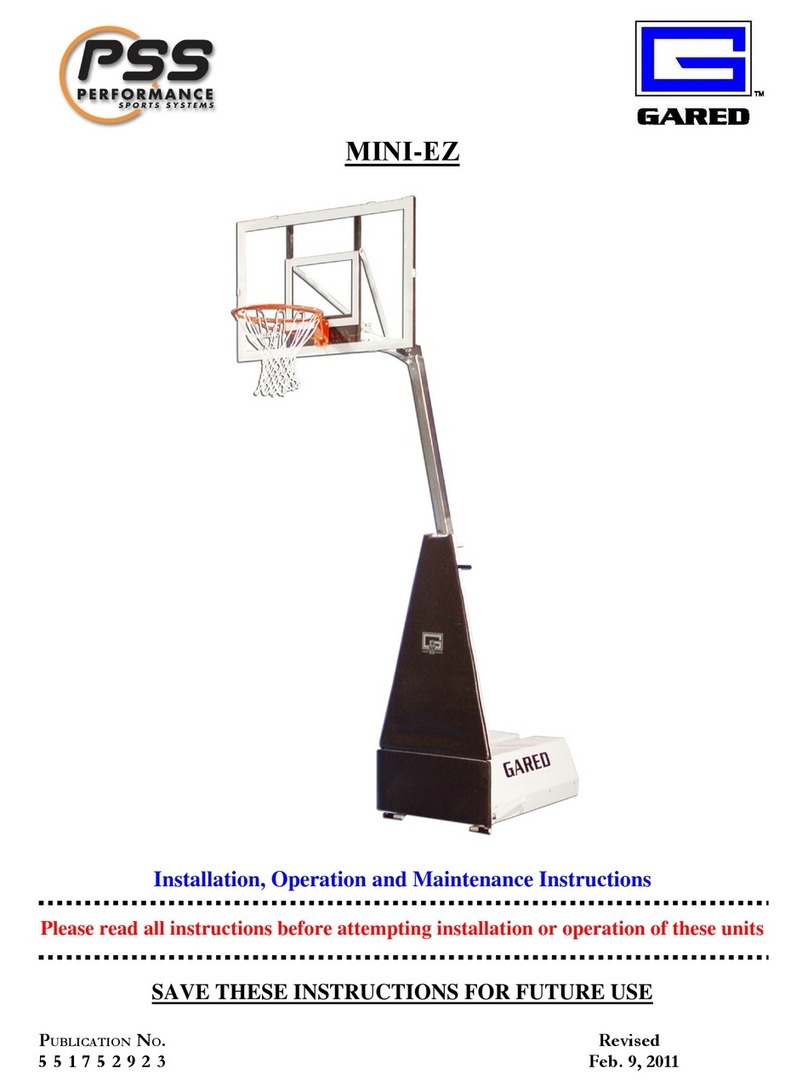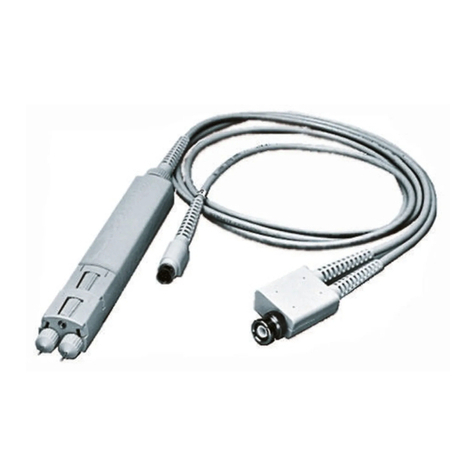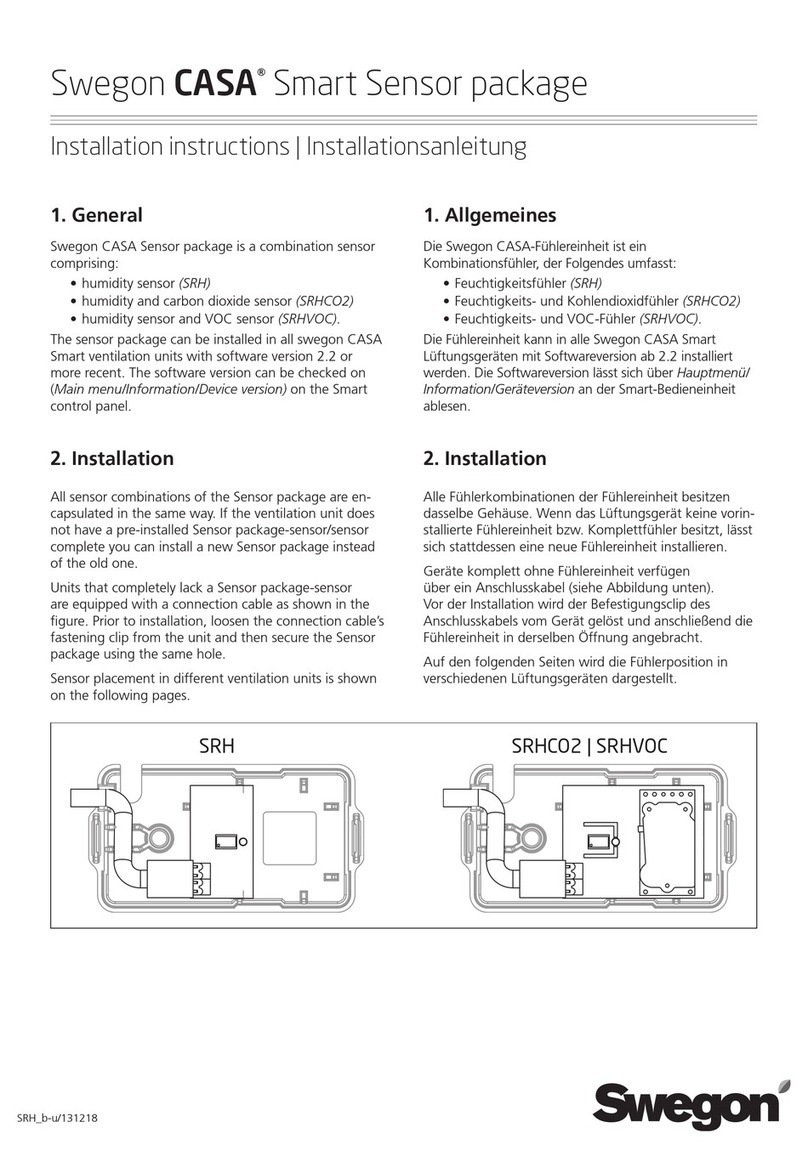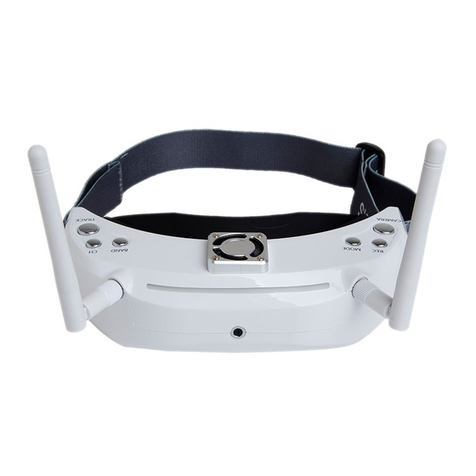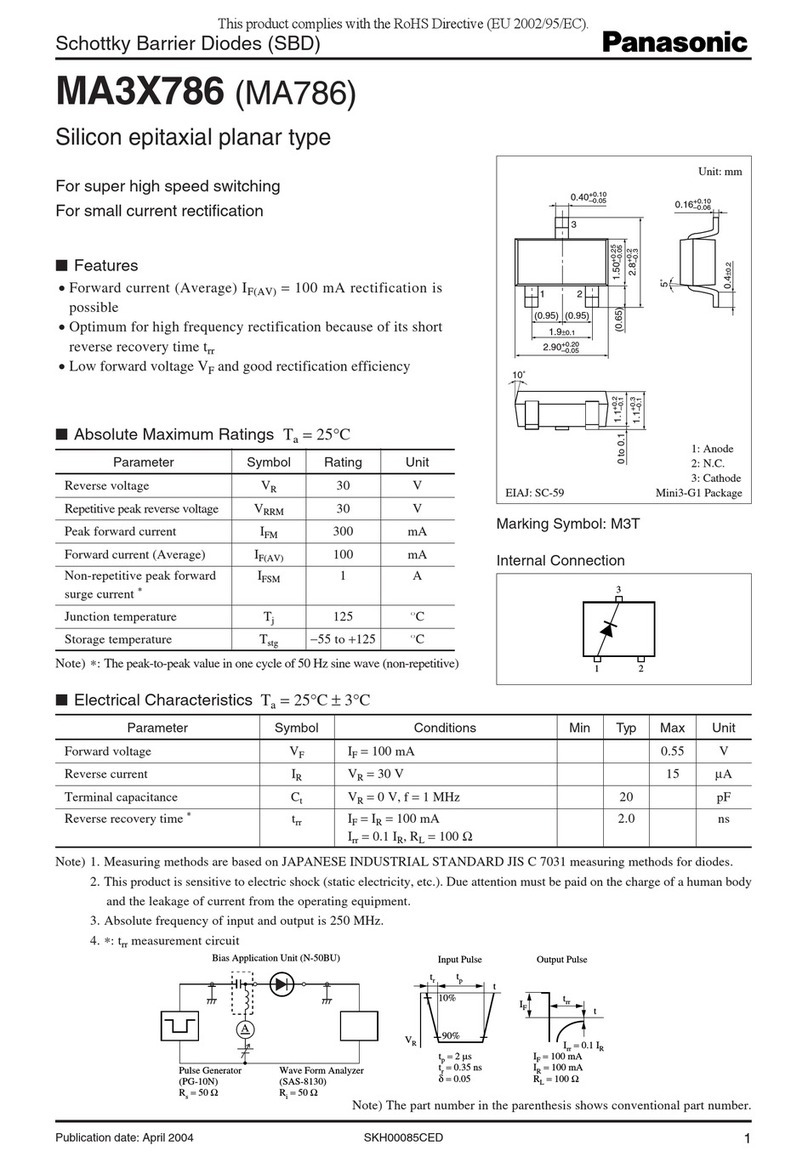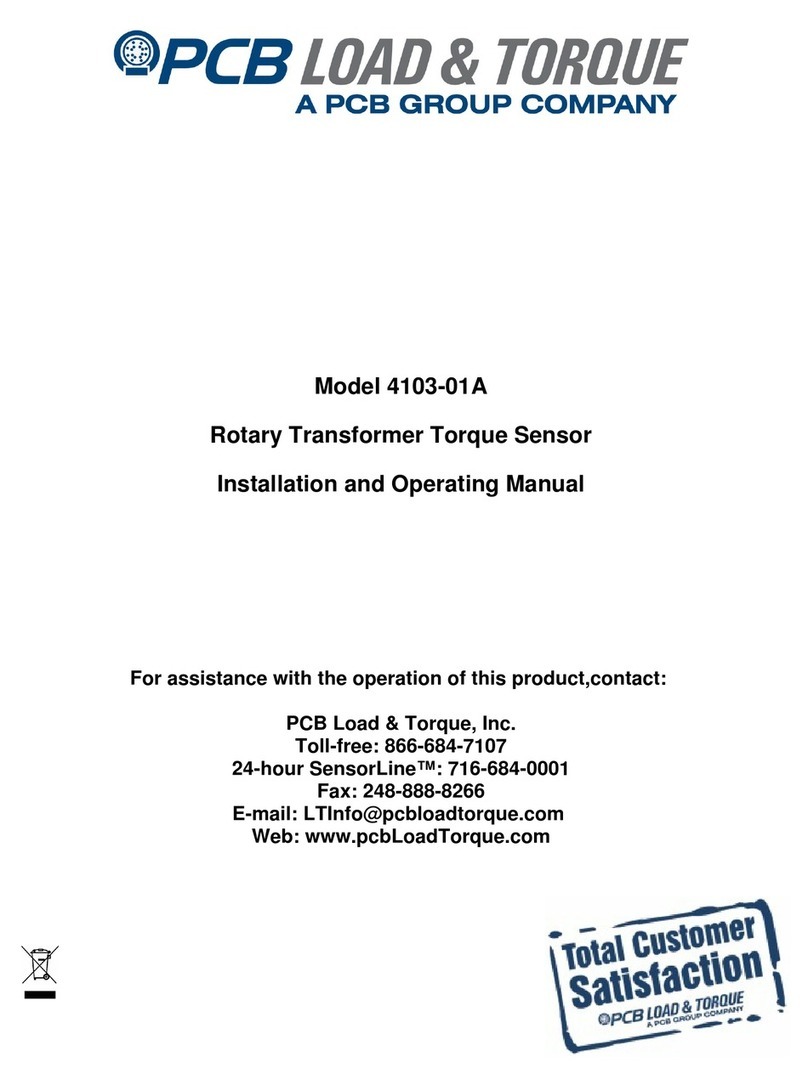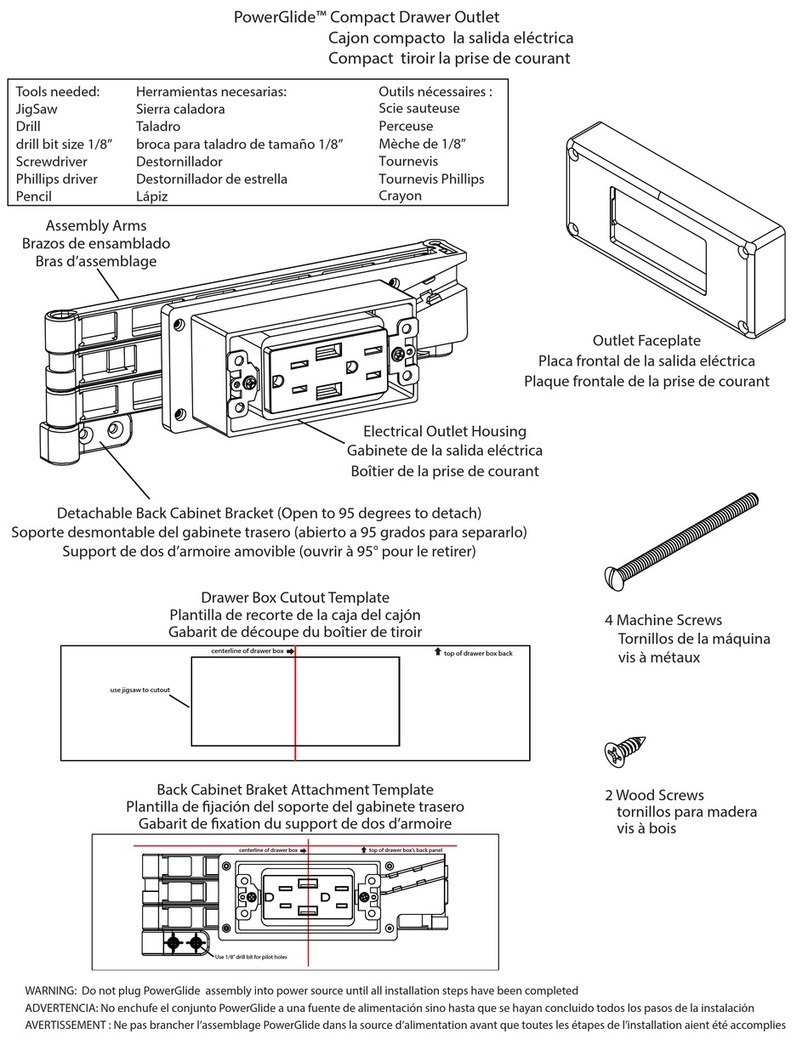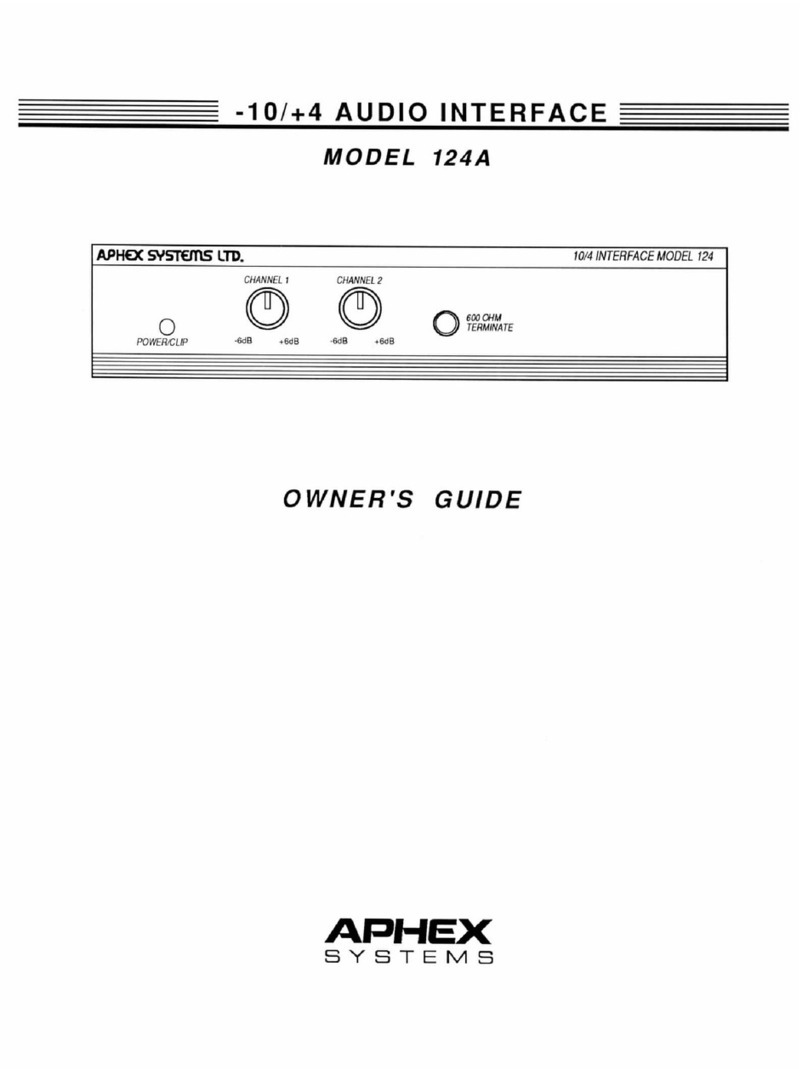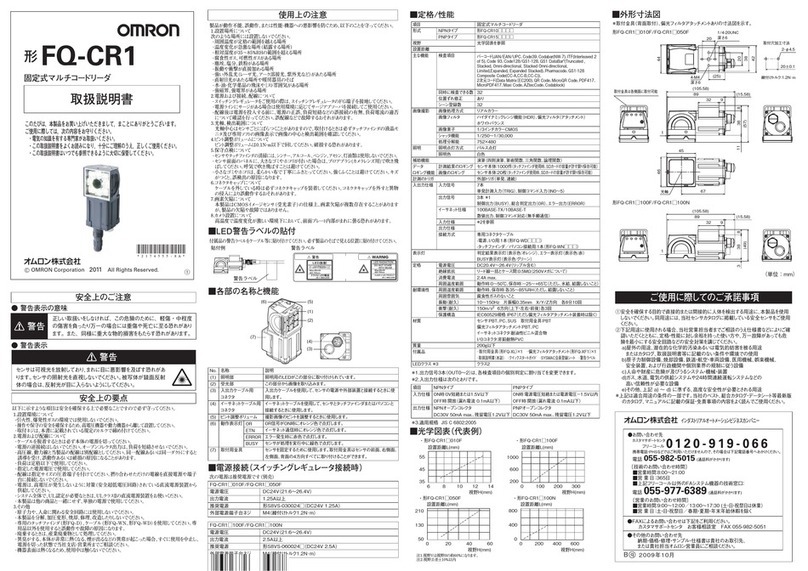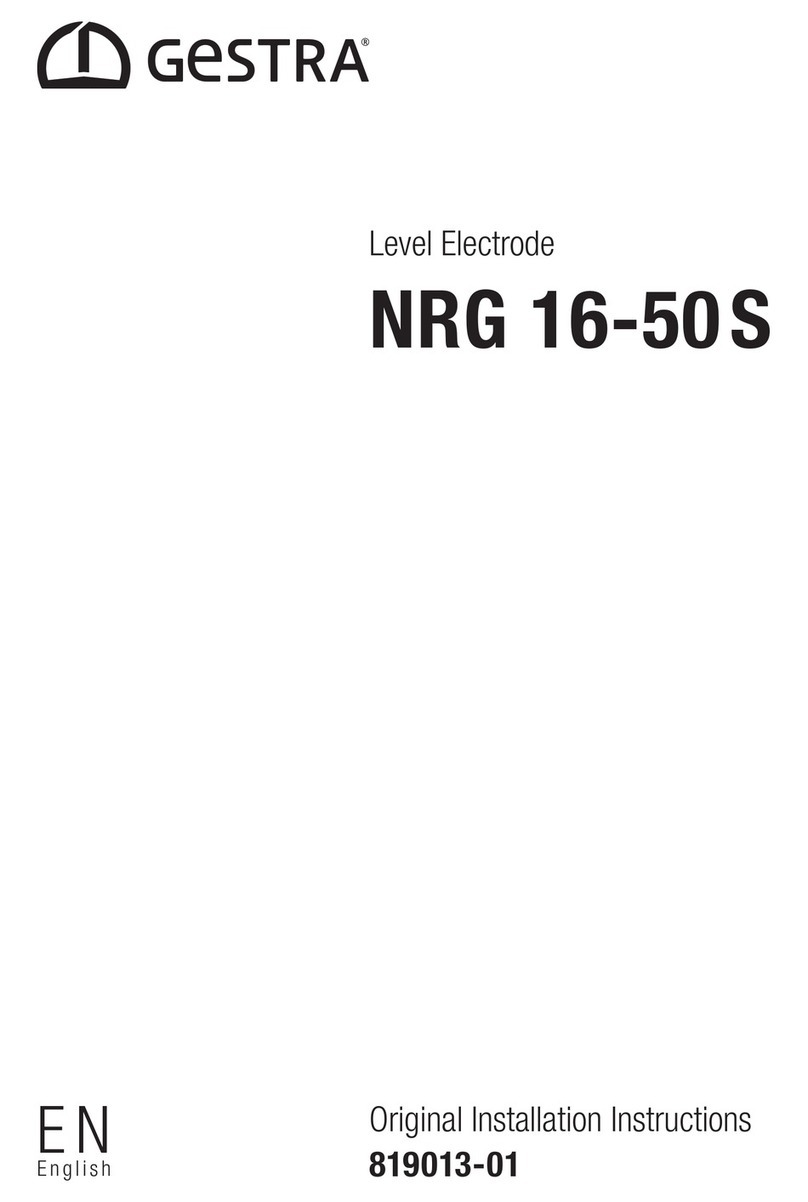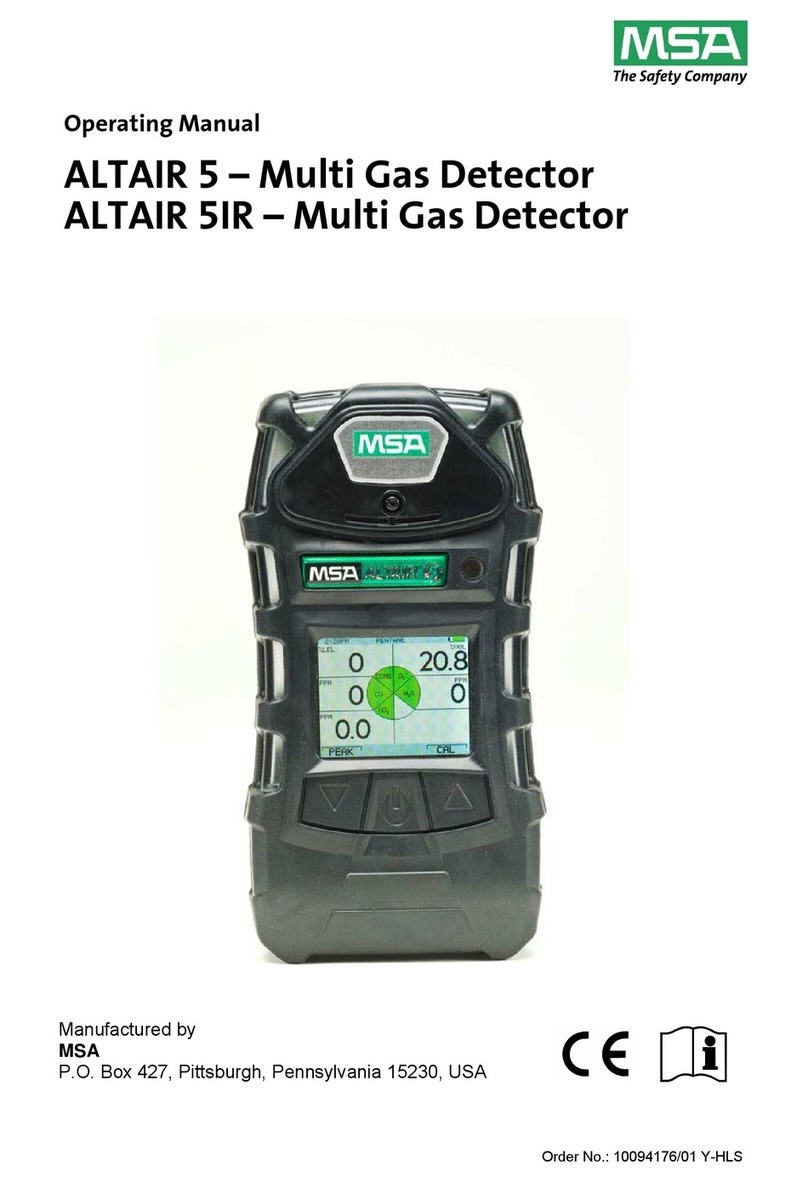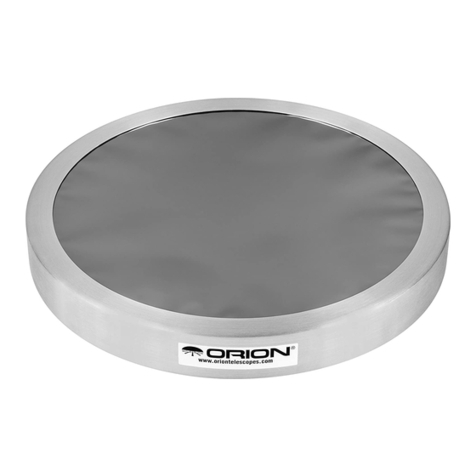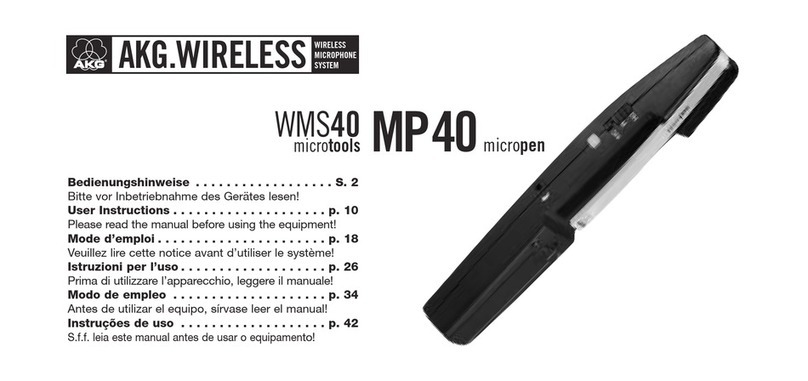A. Before Starting
1. Read the following instructions carefully.
2. Check and ensure the delivery contents are all in place.
3. Open the battery door of the transmitter, remove the battery stopper,
ensure the battery is properly installed with the +ve sign facing
up, and close the battery door.
A.3.
B. Wearing the Chest Strap
1. Wet the electrodes of the fabric strap under running water and make
sure that they are well moistened.
2. Align the transmitter unit with the snap buttons on the fabric
strap. Secure by snapping into place.
3. Position the transmitter below your chest while making sure the
logo is in a central, upright position. Tie the strap around your chest,
just below the chest muscles.
4. Attach the hook to the other end of the strap.
5. To ensure an accurate heart rate signal, adjust the strap until the belt
sits snugly below your pectoral muscles. Check that the wet electrode
areas are rmly against your skin. If necessary, adjust the length of
the strap and repeat steps 3. to 5.
IMPORTANT
• The position of the chest belt affects its performance.
• Avoid areas with dense chest hair.
• In dry, cold climates, it may take several minutes for the chest belt to
function steadily. This is normal and should improve with several
minutes of exercise.
• Detach the connector from the strap and rinse the strap under running
water after every use.
B.1.
B.2.
B.3.
B.4.
C. Getting Started
1. When using the Smart Heart Sensor for the rst time, you need to pair
the transmitter with your receiving device. The Smart Heart Sensor is
equipped with the latest low energy Bluetooth 4.0 Sports System to
achieve reliable transmission linkage with receiving devices that also
support the Bluetooth 4.0 standard.
2. Place the trasmitter with the receiving device as close as you can to
help achieve pairing.
3. For information on how to use the receiving device and its application
to pair with a Bluetooth 4.0 heart rate sensor, please consult separate
user instructions supplied by the device/application manufacturer.
4. To ensure sucient transmission range from your Smart Heart Sensor to
the receiving device, keep the receiving device as close as possible to
the transmitter. A good place for placing the receiving device is in a
pocket, xed on the belt or in a small bag on the side. Do not put the
receiving device on your back (for example, in a back pocket or back pack).
IMPORTANT
• While pairing, make sure to stay away from other sensors and/or devices,
and move the device to pair as close to the Smart Heart Sensor as
possible.
• Pairing is only considered successful when the heart rate signal is
displayed on the screen of your device.
D. Troubleshooting
In the event that you experience a weak signal or your signal is disrupted by interference in the environment, follow the
instructions below to identify and resolve the situation.
1. The signal is weak - the device may show a weak signal strength or only show“0” in heart rate reading:
• Shorten the distance between the heart rate chest belt and device.
• Re-adjust the position of the heart rate chest belt.
• Check the conductive pads are moist enough to ensure solid contact.
• Check the batteries. If they are low or exhausted, the transmission range may be shortened.
• Force a signal search on the device.
2. The gym equipment does not seem to work with your chest belt.
• Most gym equipment is compatible with analog transmission. This chest belt does not transmit an analog signal, it only
uses the low energy Bluetooth 4.0 technology. Check and ensure the gym equipment supports Bluetooth 4.0.
3. Signal is jammed or there is interference from another person’s heart rate monitor:
• Your receiving device may have been wrongly paired to another person’s heart rate sensor, or there is too much
interference in the environment for your heart rate monitor to function. Move to an area where the device can register
your heart rate reading and/or force another signal search. If necessary, perform pairing again.
IMPORTANT
Signal interference in the environment can be caused by electromagnetic disturbances. These may occur near high voltage
power lines, traffic lights, overhead lines of electric railways, electric bus lines or trams, televisions, car motors, computers,
some motor driven exercise equipment, cellular phones or when you walk through electric security gates. Under interference,
the heart rate reading may become unstable and inaccurate.
E. Replacing Batteries
1. Detach the transmitter unit from the fabric strap.
2. Use a coin to open the battery compartment lid by turning it anticlockwise
to open.
3. Remove the old battery and insert a new CR2032, 3V lithium battery. Make
sure to place the battery in the compartment with the +ve sign facing up.
4. Make sure the sealing ring is in the groove to ensure water resistance.
5. Secure the lid by turning the coin clockwise.
IMPORTANT
• Batteries must be replaced promptly as it may affect the accuracy of the readings.
• To ensure long life, open the cover only when changing the battery.
• Always replace a damaged sealing ring with a new one.
E.2.
F. Care and Maintenance
1. Detach the transmitter from the strap and rinse the strap under running water after every use.
2. Clean the transmitter with a soft wet towel. Never use alcohol or any abrasive material (steel, wool or cleaning chemicals).
3. Wash the strap regularly by hand at +40ºC/104ºF at least once after every fth use. This ensures reliable measurement
and maximizes the life span of the strap.
4. Do not soak. Do not dry-clean or bleach the strap. Do not tumble dry. Do not wring dry. Dry at, hang dry or drip dry.
Do not stretch wet apparel unnecessarily. Ironing and pressing with heat are also forbidden.
5. Do not store the Smart Heart Sensor in a hot (50°C or above) and humid (relative humidity 90% or above) environment.
6. Do not bend or stretch the conductive rubber of the electrodes, or place them face down on a metal table or surface.
7. Do not expose the Smart Heart Sensor to direct sunlight for extended periods.
8. Remove the batteries whenever you are planning to store the product for a long period of time.
9. When replacing batteries, use new batteries as specied in this user manual.
10. The product is a precision instrument. Never attempt to take this device apart. Contact the retailer or our customer
service department if the product requires servicing.
11. When disposing of this product, ensure it is collected separately for special treatment and not as normal household
waste.
IMPORTANT
• The Smart Heart Sensor is water-resistant but does not measure heart rate in water. It is not recommended to use for
swimming.
• Remember to detach the transmitter from the fabric strap before washing the latter.
• Ensure the battery compartment is secured and intact before exposing the transmitter to excessive water.



